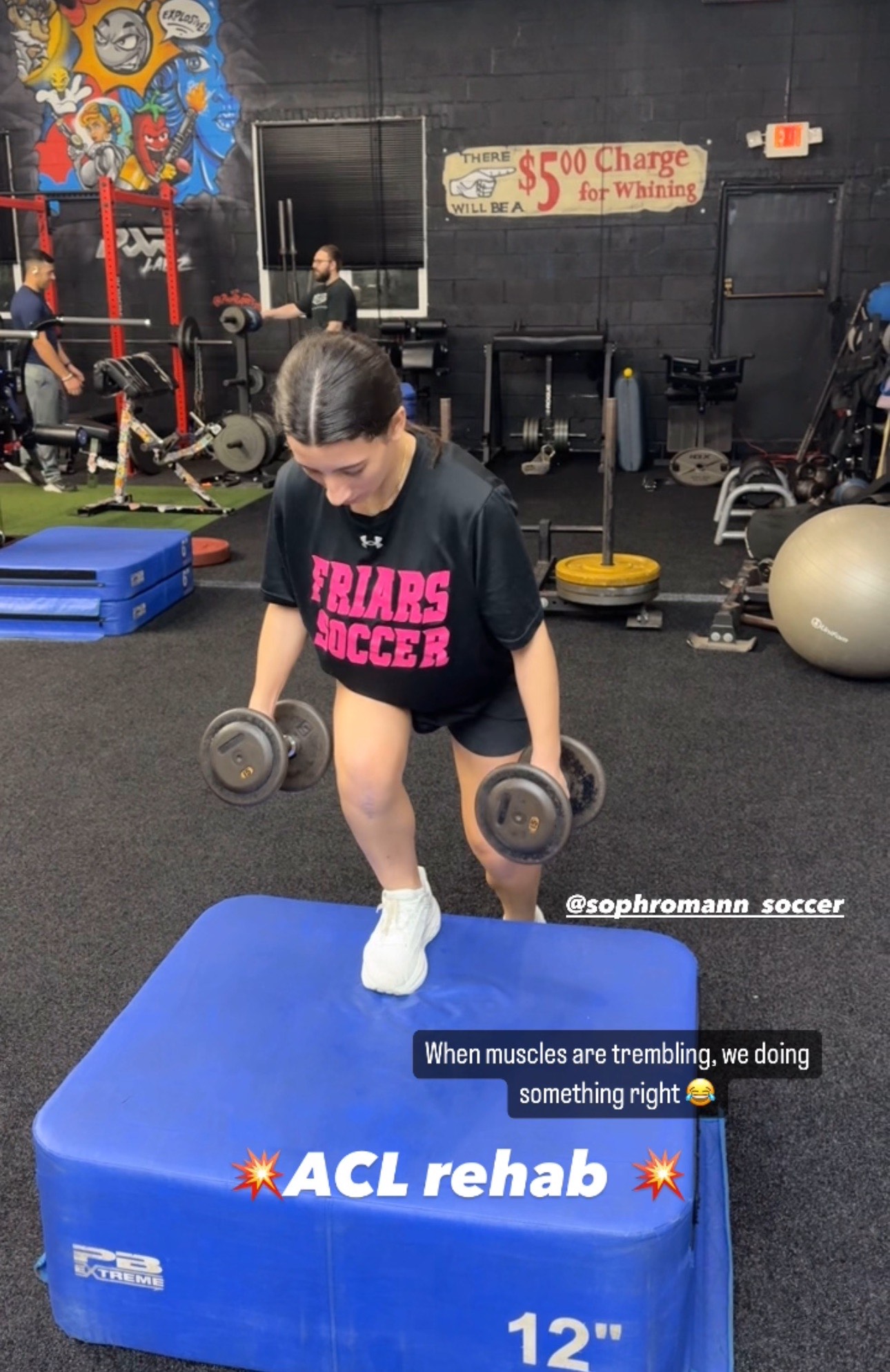For athletes, an ACL injury can be devastating, halting their dreams of competing at the highest level. However, with advancements in surgical techniques and rehabilitation protocols, the road to recovery has become more promising than ever before. In this article, we delve into the importance of aggressive rehabilitation following ACL surgery, especially for athletes aiming to return to their sport at pre-injury levels.
The Need for Aggressiveness: ACL surgery marks the beginning of a challenging journey, and aggressive rehabilitation plays a pivotal role in achieving optimal outcomes. Unlike traditional approaches that prioritize caution and gradual progression, aggressive rehabilitation emphasizes early mobilization, targeted exercises, and accelerated recovery protocols.
1) Restoring Strength and Stability:
Aggressive rehabilitation focuses on rebuilding strength and stability in the affected knee as soon as possible.
Early weight-bearing exercises, resistance training, and neuromuscular re-education help prevent muscle atrophy and restore functional capacity.
2) Enhancing Range of Motion:
Aggressive rehabilitation aims to restore full range of motion in the knee joint swiftly.
Continuous passive motion (CPM) machines, manual therapy techniques, and dynamic stretching protocols facilitate early mobilization and flexibility.
3) Addressing Neuromuscular Control:
Athletes require precise neuromuscular control to navigate complex movements on the field or court.
Proprioceptive training, balance exercises, and plyometric drills are integral components of aggressive rehabilitation to enhance proprioception and coordination.
4) Accelerating Return to Sport:
Aggressive rehabilitation timelines align with athletes’ goals of returning to sport as quickly and safely as possible.
Structured progression, frequent monitoring, and objective criteria guide the transition from rehabilitation to sports-specific training.
Challenges and Considerations: While aggressive rehabilitation offers numerous benefits, it’s essential to approach it with caution and expertise. Each athlete’s journey is unique, and rehabilitation protocols must be tailored to individual needs, injury severity, and surgical techniques. Additionally, close collaboration between surgeons, physical therapists, and athletic trainers is crucial to ensure seamless continuity of care and minimize the risk of complications.
Conclusion: Aggressive rehabilitation following ACL surgery presents athletes with an opportunity to reclaim their athletic prowess and compete at the highest level once again. By prioritizing early intervention, targeted exercises, and comprehensive rehabilitation strategies, athletes can accelerate their recovery, minimize setbacks, and return to sport with confidence and resilience. Remember, the road to recovery may be challenging, but with dedication, perseverance, and the right rehabilitation approach, success is within reach.



